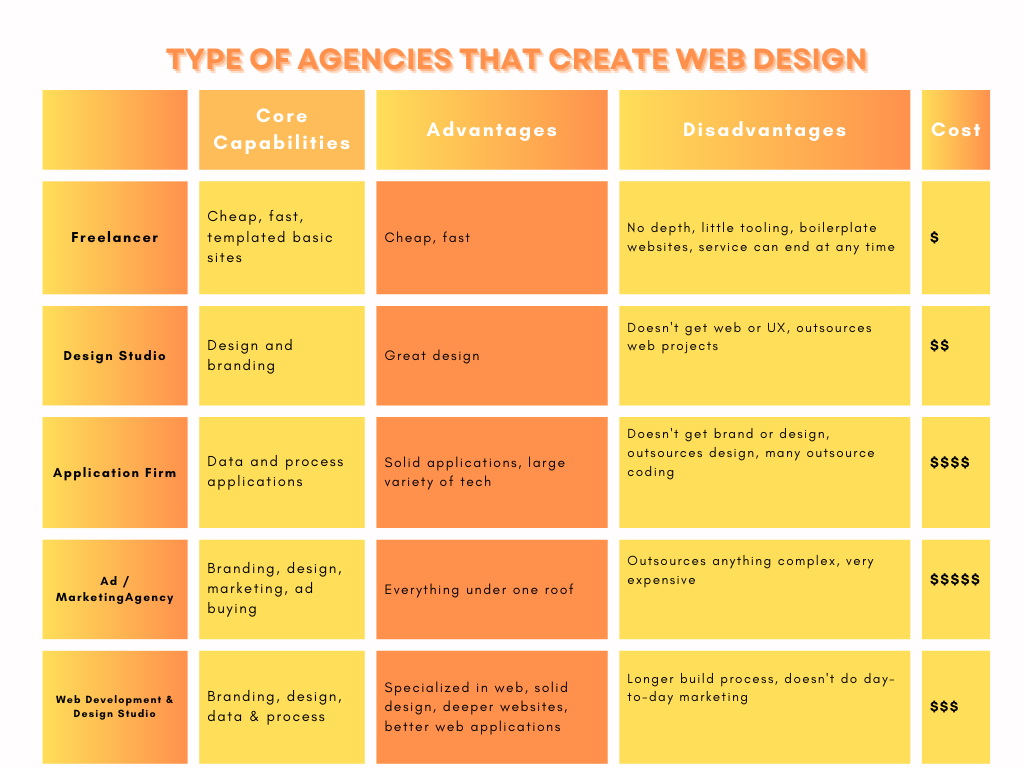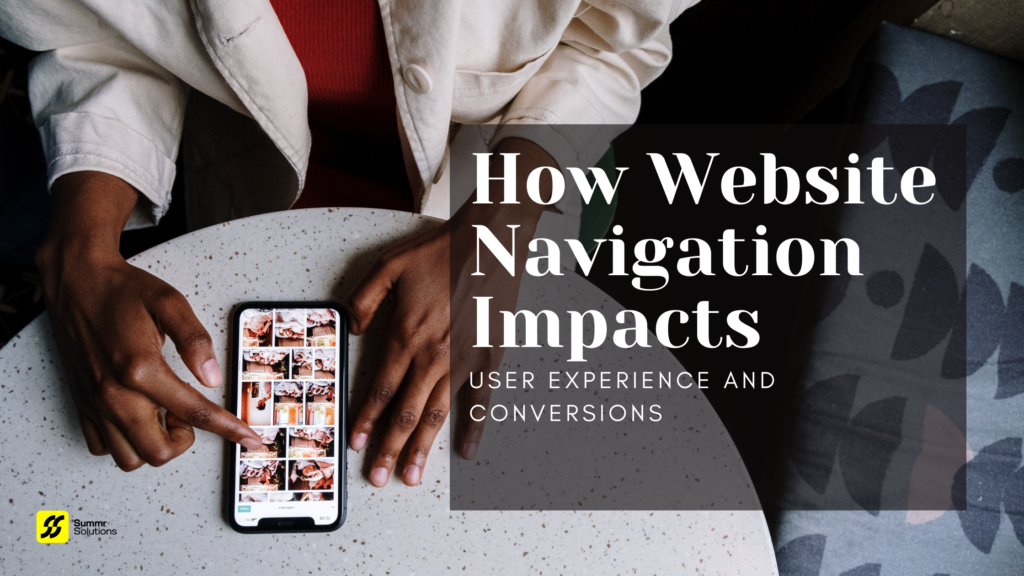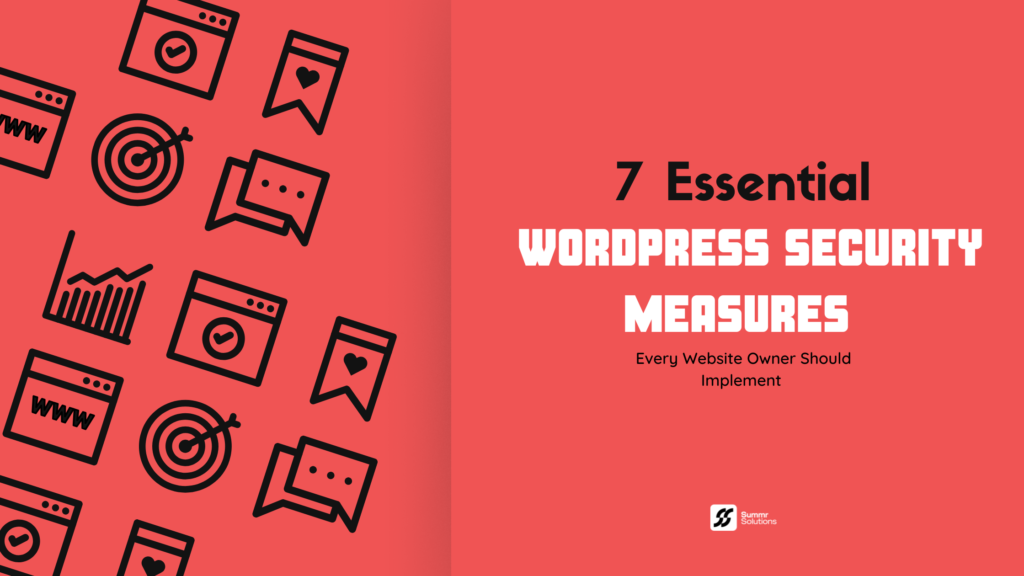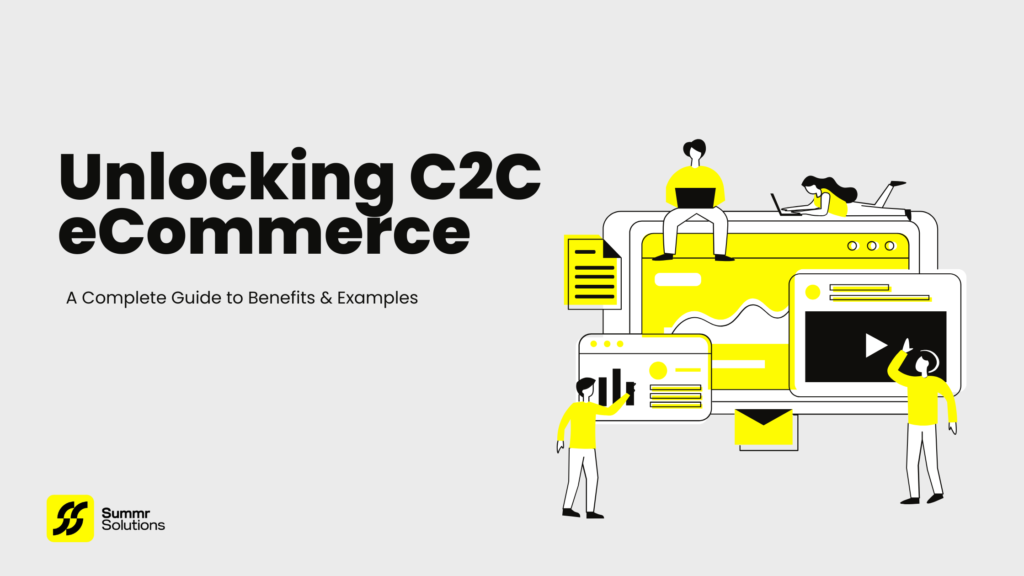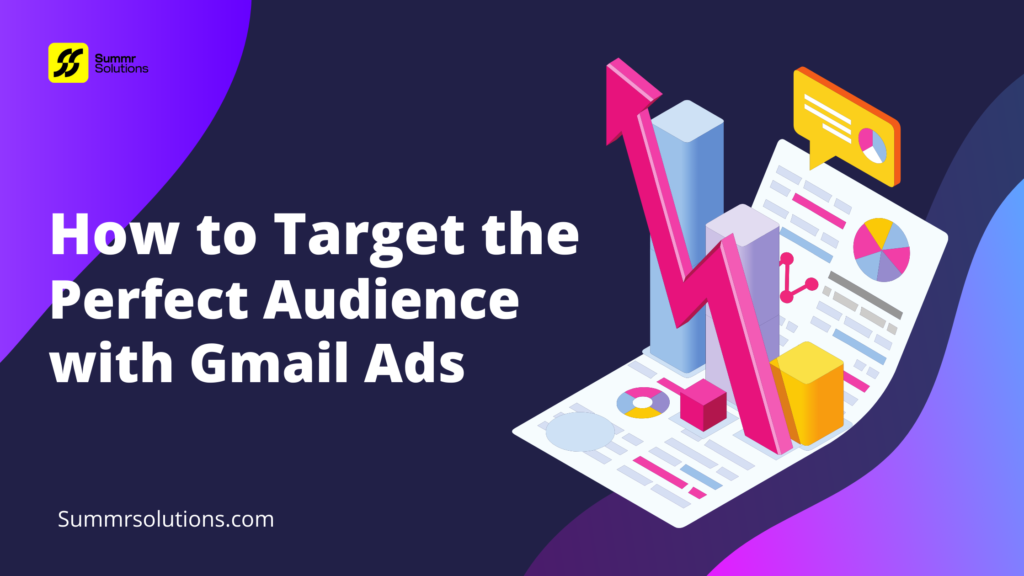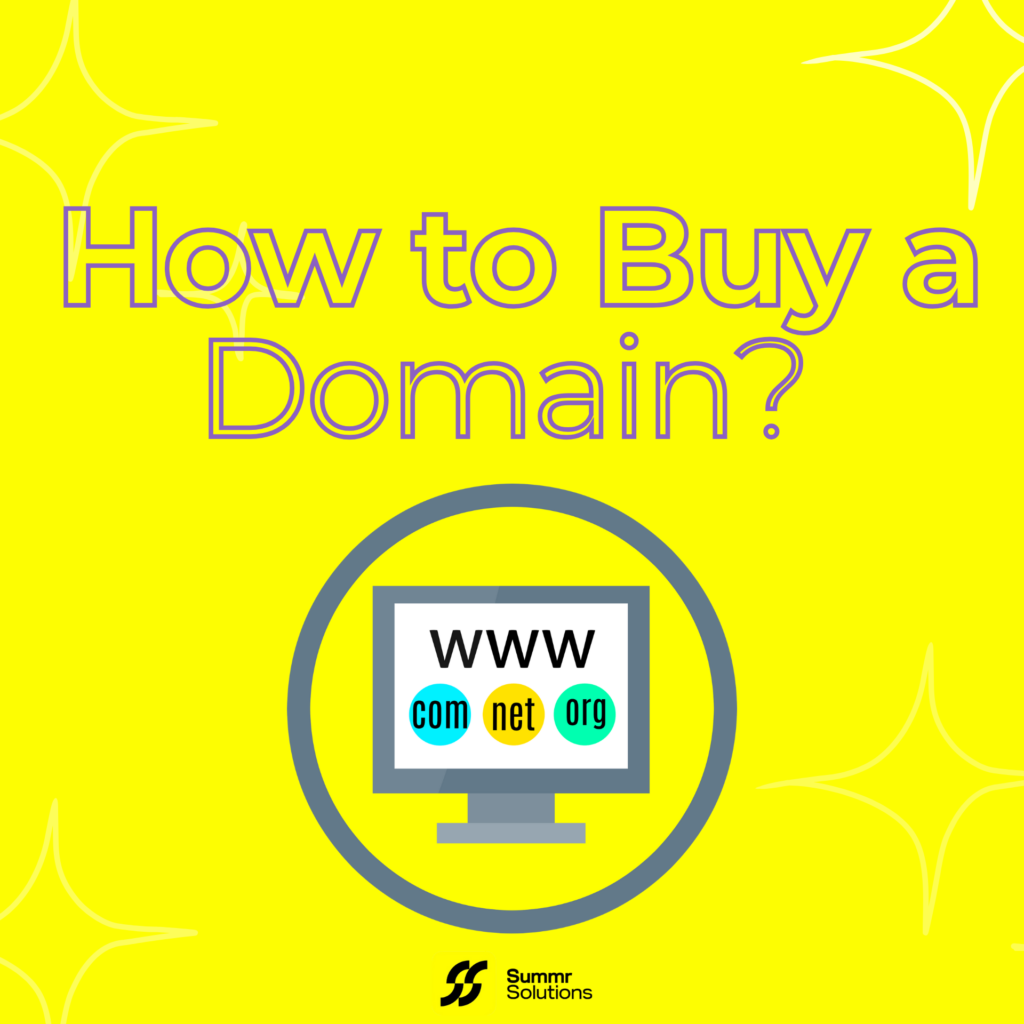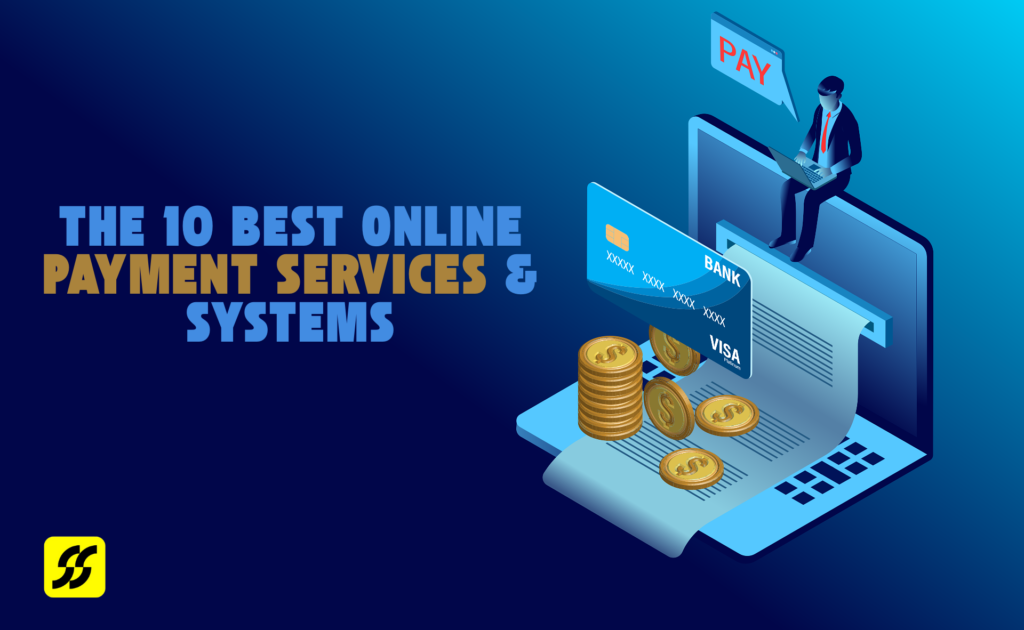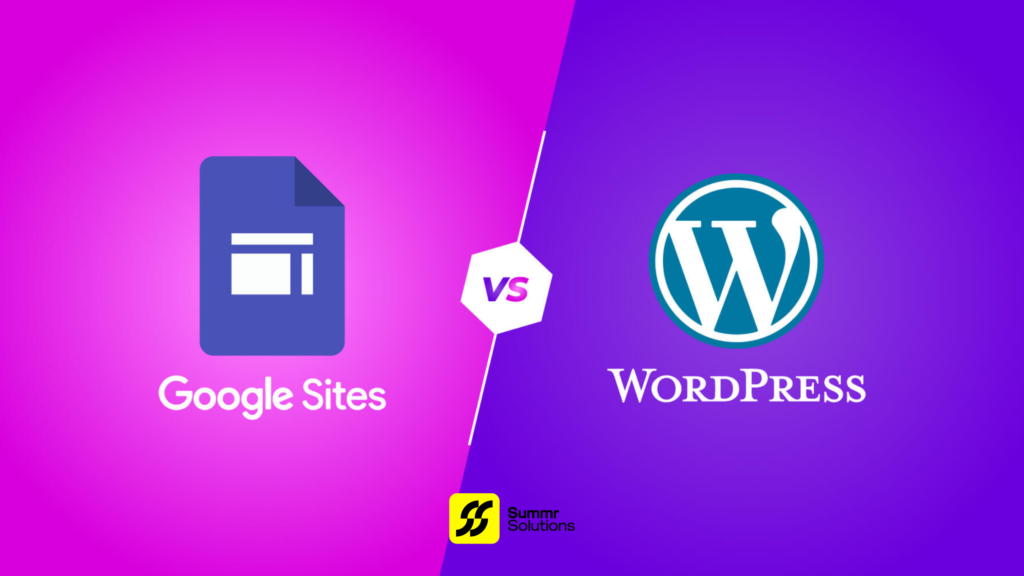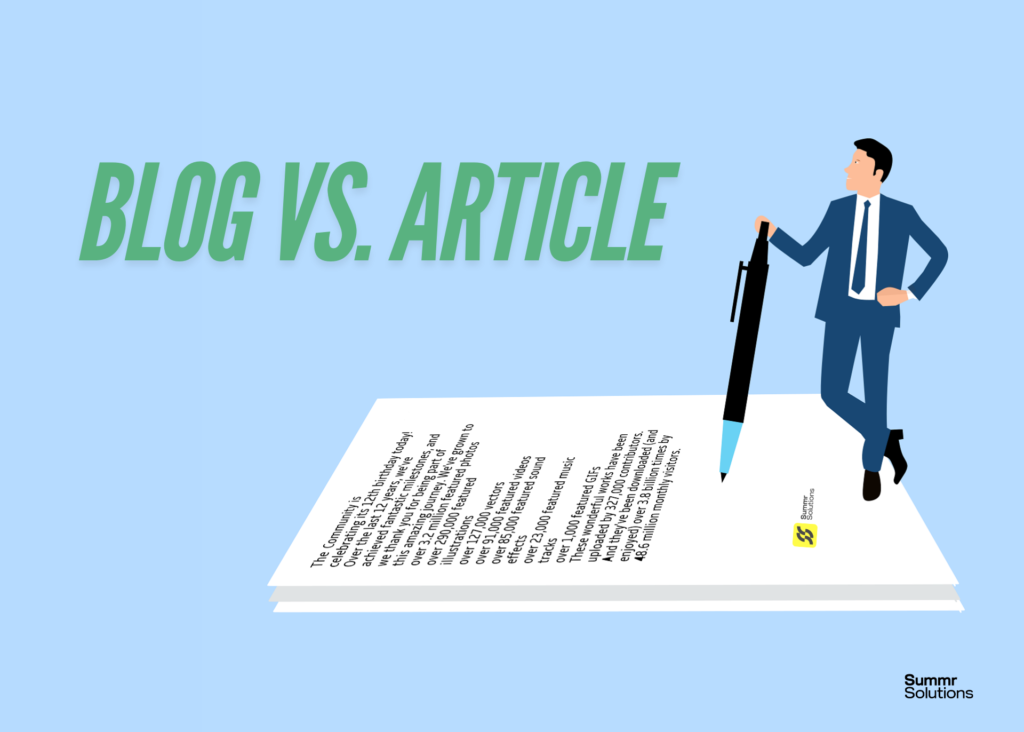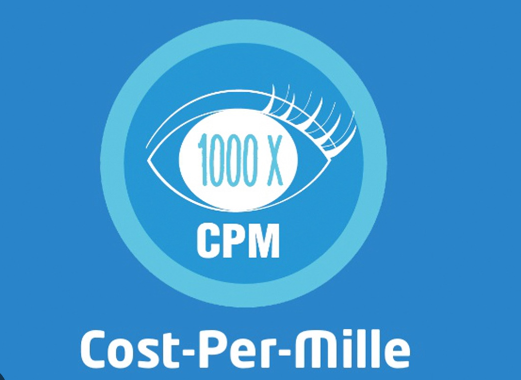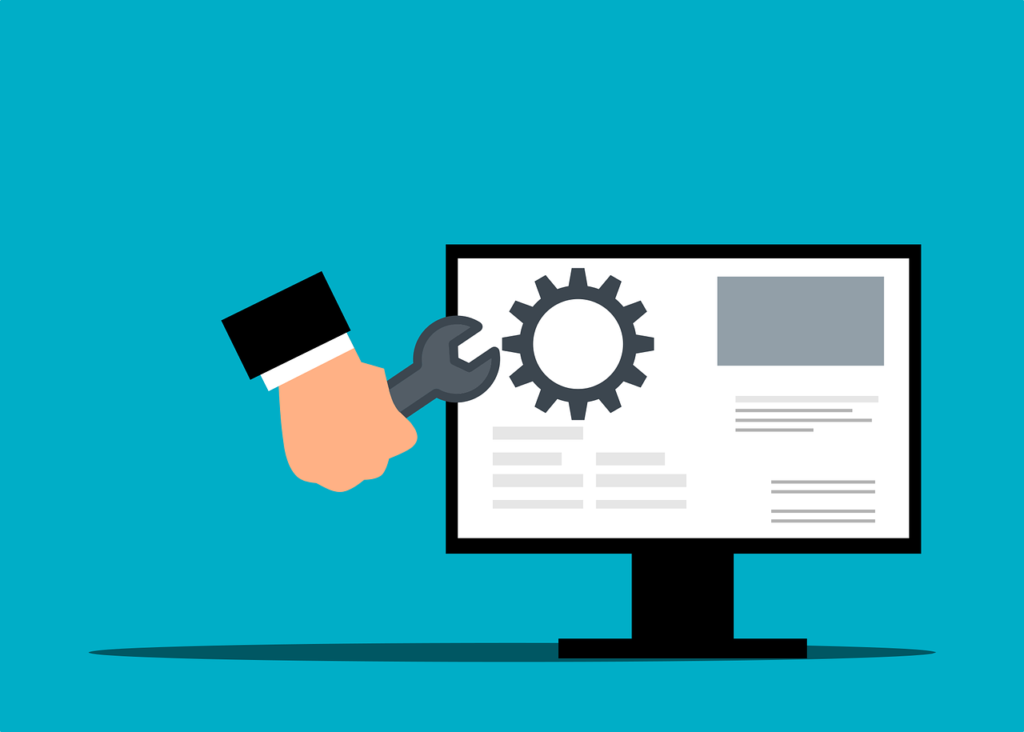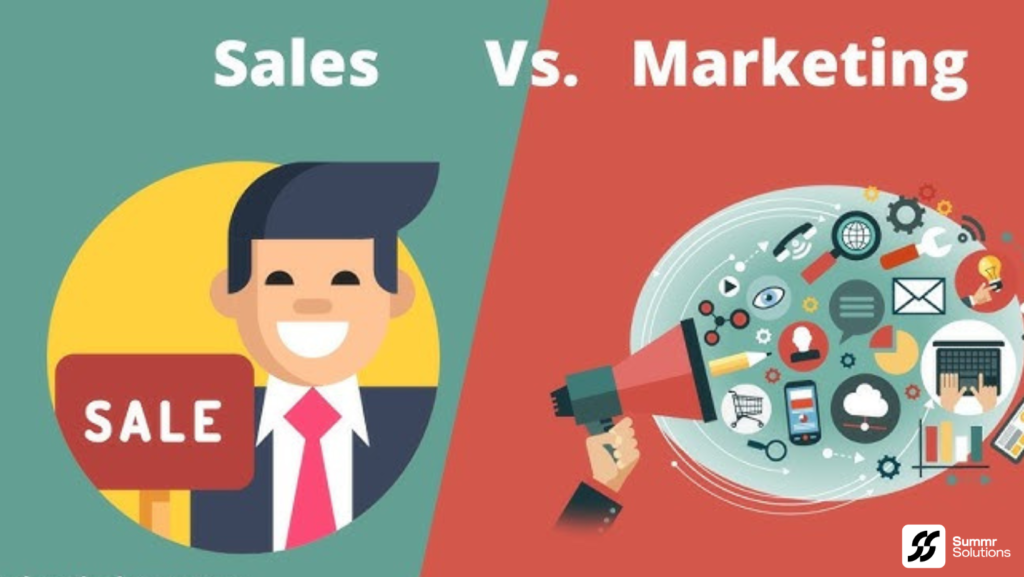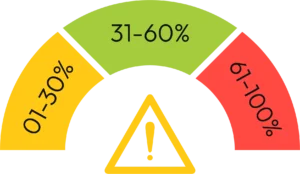In today’s digital age, where competition for online visibility is fierce, ensuring that your website remains in good standing with search engines is crucial. One of the factors that can significantly impact your site’s reputation is its spam score. Understanding what spam score is, how it’s calculated, and the best practices for lowering it can be the key to maintaining a successful online presence.
In this post, we’ll dive deep into what spam score is, how it affects your website, and provide actionable tips to keep it low.
What Is Spam Score?
Spam score is a metric developed by Moz, a popular SEO tool provider, to predict the likelihood of a domain being penalized or considered spammy by search engines. It essentially measures the “spamminess” of a website based on certain factors, which Moz refers to as Spam Flags.
Spam score is measured on a scale from 0 to 17. A low spam score (0–4) suggests that your website is likely in good standing with search engines, whereas a high spam score (12–17) may indicate that your site is at risk of being penalized. The range in between signifies varying degrees of risk.
Spam scores are based on specific criteria, which Moz has identified after analyzing thousands of websites. The idea is that the higher the number of flags your domain triggers, the more likely it is to be penalized or viewed negatively by search engines.
Factors Affecting Spam Score
Moz uses 17 different “spam flags” to calculate a website’s spam score. Some of these flags include:
- Low Domain AuthorityWebsites with low domain authority are more likely to have high spam scores. Domain authority is a score that predicts how well a site will rank on search engines, and sites with little authority tend to raise red flags.
- Thin or Duplicate Content
Thin or duplicate content is content that adds little to no value to users. This could be content that’s copied from other websites or content that offers minimal useful information. Search engines prefer original and informative content, so having a lot of thin or duplicate pages could increase your spam score. - Excessive Use of Keywords
Overloading content with keywords in an unnatural way, known as keyword stuffing, can harm your website. Search engines have become sophisticated in identifying this tactic, and it can raise a spam flag. - Exact Match Anchor Text
If a large portion of your backlinks uses exact match anchor text (i.e., the text in the link exactly matches the keywords you’re trying to rank for), it could signal manipulative link-building practices. Search engines prefer natural, diverse anchor text profiles. - High Proportion of External Links
If your website contains an unusually high number of external links compared to internal links, especially to low-quality or irrelevant websites, this could trigger a spam flag. - High Ratio of Followed LinksHaving a high number of followed links (as opposed to nofollow links) can indicate an attempt to manipulate search rankings. Search engines favor natural link-building profiles, which include a mix of followed and nofollow links.
- Poor Site Structure
A poorly structured website, with confusing navigation, broken links, or many orphaned pages (pages that aren’t linked to anywhere on your site), can increase your spam score.
Why Should You Be Concerned About Spam Score?
A high spam score can have negative consequences for your website, including:
- Lower Search Engine RankingsIf search engines consider your site spammy, your rankings can suffer. Search engines prioritize providing high-quality content to their users. If your site is flagged as spammy, it could drop in rankings or even be de-indexed.
- Loss of Credibility
If users encounter broken links, excessive ads, or irrelevant content on your website, it can tarnish your brand’s reputation. Visitors may leave your site immediately, leading to higher bounce rates, which can further harm your rankings. - Penalties from Search Engines
In extreme cases, a high spam score can result in penalties from search engines like Google. This could mean a manual action, where your website is intentionally penalized or removed from search results altogether. - Missed Business Opportunities
Lower visibility in search results leads to fewer visitors. Fewer visitors can result in lost leads and revenue. A high spam score means missing out on potential business opportunities as customers may not be able to find your website easily.
Best Practices to Lower Spam Score
Now that we understand the importance of maintaining a low spam score, let’s look at actionable strategies to help you reduce it.
1. Regularly Audit Your Backlinks
One of the biggest contributors to a high spam score is low-quality backlinks. Backlinks from spammy, irrelevant, or low-authority websites can hurt your website’s reputation. Tools like Moz, Ahrefs, or Google Search Console can help you identify poor-quality backlinks.
Steps to Take:
- Disavow harmful links: If you find spammy backlinks pointing to your site, use Google’s Disavow Tool to tell search engines to ignore them.
Need help with your backlink strategy? Contact us today for a comprehensive backlink audit! - Avoid paid links: Buying links may offer short-term results, but it’s a risky tactic that can increase your spam score and lead to penalties.
- Focus on natural link building: Earn backlinks from high-authority, relevant sites through valuable content, guest posting, and outreach.
2. Improve Content Quality
High-quality content is a hallmark of legitimate, non-spammy websites. Focus on producing original, informative, and engaging content that satisfies user intent.
Steps to Take:
- Create valuable, in-depth content: Longer, comprehensive articles that thoroughly address topics tend to rank better and are less likely to trigger spam flags.
Need engaging content that resonates with your audience? Our team is ready to help! - Avoid duplicate content: Use tools like Copyscape to check for any unintentional duplication on your website.
- Regularly update old content: Keep your website relevant by refreshing outdated articles with new data, statistics, or insights.
3. Monitor Keyword Usage
Keyword stuffing is a red flag that can increase your spam score. Instead of forcing keywords into your content, focus on natural keyword integration.
Steps to Take:
- Use keywords naturally: Write content that flows smoothly and incorporates keywords in a way that makes sense for the reader.
- Focus on user intent: Align your keywords with what users are searching for and provide answers or solutions to their questions.
- Diversify your keyword strategy: Use a mix of short-tail and long-tail keywords to cover a range of search queries without overstuffing.
4. Ensure a Healthy Site Structure
A well-organized website is essential for both users and search engines. A clear structure helps crawlers understand your site’s hierarchy and reduces the risk of spam flags.
Steps to Take:
- Organize your content logically: Use a silo structure where related content is grouped together under relevant categories.
- Fix broken links: Regularly check for and fix broken links using tools like Screaming Frog or Google Search Console.
Struggling with website navigation? Let us optimize your site structure! - Ensure easy navigation: Make sure your website is easy to navigate with a clear, intuitive menu and internal linking.
5. Optimize Your Website for Mobile
Mobile-friendliness is now a significant ranking factor. A website that’s not optimized for mobile users can trigger spam signals, as it offers a poor user experience.
Steps to Take:
- Use responsive design: Ensure your website adjusts automatically to different screen sizes.
- Test your site’s mobile performance: Use Google’s Mobile-Friendly Test to ensure your site is fully optimized for mobile devices.
- Improve mobile speed: Compress images, minify code, and consider AMP (Accelerated Mobile Pages) to improve loading times.
6. Avoid Aggressive Advertising
Excessive or intrusive ads can contribute to a high spam score, as they degrade user experience.
Steps to Take:
- Limit the number of ads: Ensure your ads don’t overwhelm your content.
- Avoid pop-ups: Pop-ups, especially those that cover the entire screen, are disruptive and can lead to penalties. Use them sparingly and ensure they are easy to close.
- Prioritize user experience: Any ads or affiliate links should blend seamlessly with your content without causing frustration.
7. Monitor Site Speed and Performance
Slow-loading websites often lose visitors and can raise spam flags. A slow site offers a poor user experience, which search engines penalize.
Steps to Take:
- Use caching: Implement caching mechanisms to speed up your website.
- Compress media: Ensure all images, videos, and files are optimized for the web.
Not sure how fast your site is? Get a free performance assessment! - Regularly test performance: Use tools like Google PageSpeed Insights or GTmetrix to test your site’s performance and get actionable recommendations.
8. Keep an Eye on Your Outgoing Links
Linking out to low-quality, spammy websites can harm your site’s credibility. Regularly audit the external links on your website to ensure you’re only linking to reputable sources.
Steps to Take:
- Link to trusted sources: Always vet the websites you link to. Make sure they are relevant and have good authority.
- Check links regularly: Remove or update broken or irrelevant links to maintain the quality of your content.
- Use nofollow tags where appropriate: For links that are not essential for SEO, consider using the “nofollow” attribute to indicate that they should not pass link equity.
Conclusion
Understanding and managing your spam score is essential for maintaining your website’s credibility and search engine rankings. By following these best practices, you can significantly lower your spam score and improve your online presence.
If you’re unsure where to start or need professional assistance, our team at Summr Solutions is here to help! We specialize in optimizing websites for SEO and enhancing online visibility. Contact us today to learn how we can support your digital marketing efforts!






